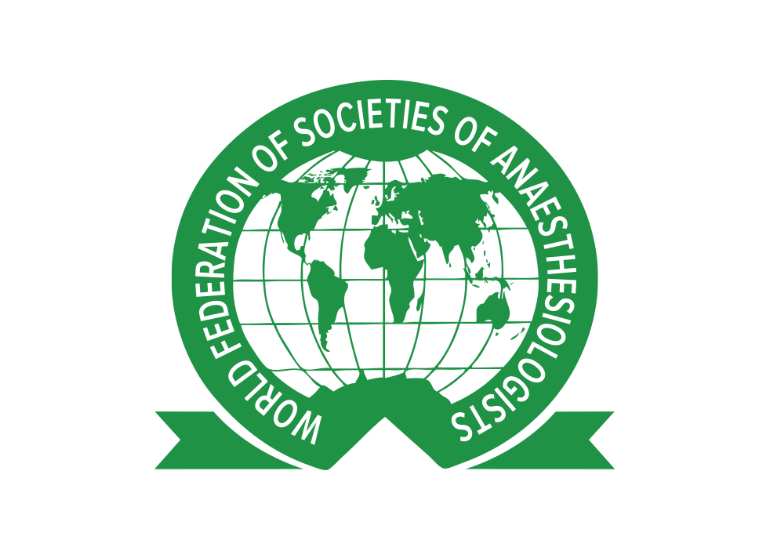The Association of Anaesthetists and the World Federation of Societies of Anaesthesiologists (WFSA) welcome the announcement of the first World Patient Safety Day on 17 September 2019. This new annual event, announced by the World Health Organisation at the 72nd World Health Assembly in Geneva, sets patient safety as a new global health priority. World Patient Safety Day provides a focus on improving safety standards and will help us further promote safe and high quality anaesthesia globally.
World Patient Safety Day offers a platform for improving global patient safety standards and can empower social movements demanding safer health care. Anticipated outcomes include the reduction in avoidable patient harm, preventable deaths, and more cost efficient and effective care.
Key Statistics
The WHO estimates that 134 million adverse events occur each year due to unsafe care in hospitals in low- and middle-income countries, contributing to 2.6 million deaths annually.
Analysis shows:
● 5 out of the world’s 7 billion people do not have access to safe and affordable anaesthesia and surgical care. This astonishing neglect highlights the importance to work for improved patient care and access to safe anaesthesia. (Source: The Lancet Commission on Global Surgery (2015)
● The provision of essential and safe surgery and anaesthesia would avert 1.5 million deaths each year. (Source: Debas et al [eds.] (2015) Essential Surgery. Disease Control Priorities, third edition, volume 1.)
● Data reveals that the worldwide death rate during general anaesthesia is back on the rise, and is significantly higher in low income countries. (Source: https://wfsahq.org/anaesthesiology-facts)
With more than 230 million major surgeries occurring annually around the world, the stakes are high. In some countries:
● 1 in 7 womendie in childbirth. Lack of access to safe anaesthesia and surgery is a major contributing factor to high levels of maternal mortality. (Source: Cavallaro et al. (2013) Trends in caesarean delivery by country and wealth quintile: Bull WHO)
● Mothers in Africa are 50 times more likely to die following a caesarean delivery than they would if they lived in a high income country. (Source: Bishop et al. (2019) Maternal and neonatal outcomes after caesarean delivery in the African Surgical Outcomes. Study Lancet Glob Health 7: e513–22)
SAFE Courses
Death due solely to anaesthesia is extremely rare in the UK. This isn’t the case for patients in lower-income countries. Often, anaesthetists in these countries work with basic equipment and no anaesthesia monitoring. Through SAFE (Safer Anaesthesia From Education), we improve patient safety in some of the most challenging environments by providing anaesthesia education and training. SAFE is a joint project developed since 2011 by the Association of Anaesthetists and the WFSA. So far over 4,000 anaesthesia providers have been trained in life-saving anaesthesia techniques. More information about the project is available here: https://anaesthetists.org/Home/International/Our-international-work/Safer-Anaesthesia-From-Education-SAFE
- Current work and guidelines on patient safety and safe anaesthesia
- The Association is committed to patient safety and safe anaesthesia. The Association has a Safety Committee and a Standards and Equipment committee providing expert opinion on safety and equipment issues. Since 1974, the Committees have made major contributions to anaesthesia safety. Working in partnership with other patient safety stakeholders, the committees produce clinical practice guidelines and standards, including learning from adverse events and poor patient outcome. This learning is promoted nationally in Patient Safety Updates by the Safe Anaesthesia Liaison Group.
- Guidelines produced by the committees include:
- The introduction of standards of monitoring in anaesthesia
- Standards for obstetric anaesthesia
- Training of anaesthetic assistants
- Standards for checking anaesthetic equipment
- Publishing safety guidelines
To learn more about patient safety and safe anaesthesia visit the following websites:
SAFE-T Campaign
https://wfsahq.org/get-involved/campaigns/safe-t
WHO-WFSA International Standards for a Safe Practice of Anaesthesia
www.wfsahq.org/images/Gelb_et_al-2018-Canadian_Journal_of_Anesthesia_Internat_Standards.pdf
Safety Alerts
https://anaesthetists.org/Home/Resources-publications/Safety-alerts
Patient Safety Updates
https://anaesthetists.org/Home/Resources-publications/Safety-alerts/Patient-safety-updates
Other
https://wfsahq.org/images/Pdf/Stats_Poster_1.5.pdf
https://wfsahq.org/our-work/safety-quality






